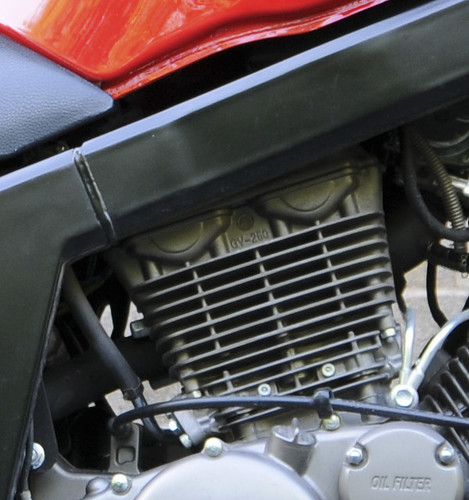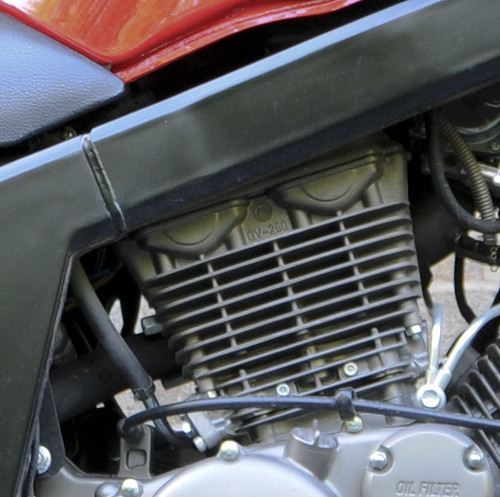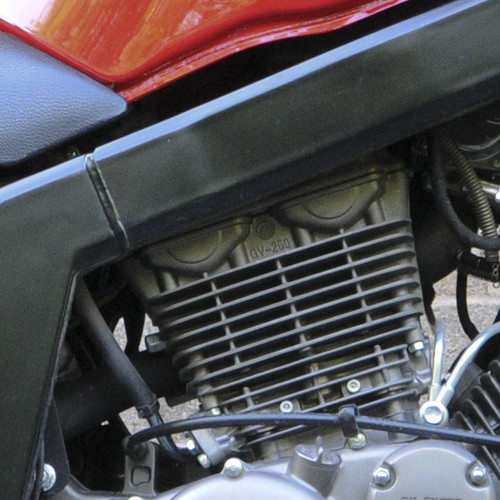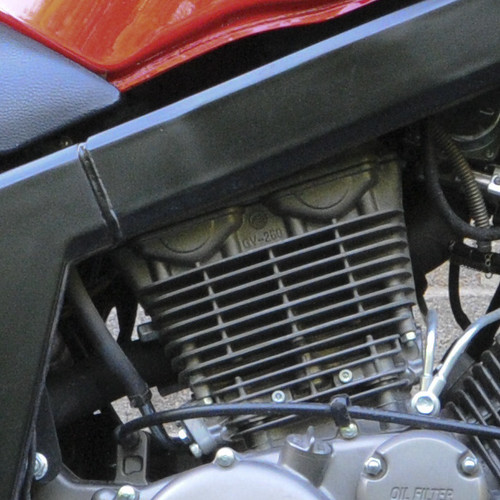Generally, I prefer Sigma lenses for the superior focusing motor to Tamron's offering. Sigma's Hyper-Sonic Motor (HSM) is almost as fast and quiet as Nikon's Silent Wave Motor (AF-S). Sigma also has a sturdier build quality that any other third party lens. So anyway, I must admit I was taken in by marketing and even though I was pretty sure I didn't need VR with a lens of this focal length I decided to just go ahead and buy it. I can't hurt, right?
Well, first things first. This lens is pretty expensive as far as third party lenses in this focal length range go. At $650 it takes a good bite out of your wallet, especially in this economy. That's $150 more than the non VC version.
Is Vibration Control it worth the extra $150? I guess it depends on what you shoot. It doesn't help for moving subjects, but if you shoot a lot of still stuff at night without a tripod it could be beneficial. Does Tamron's VC work? Absolutely. I find that I'm able to consistently hand hold at 1/2 second at 50mm and still get a pretty sharp image. That's pretty good. That is probably the absolute limit though. I will say that I have pretty steady hands so your experiences may differ.
Before I go into this I want to put this out there. This is just a quick test. I shot these images outdoors with no tripod. It is not a scientific test of the actual sharpness of the lens but it will give you an idea of how this lens performs in the everyday circumstances under which the lens will most likely be used.
OK, let's get to the sharpness. I shot two sets of images: 17mm at all apertures and 50mm at all apertures. I then cropped at 100% on the top left corner and in the center. The lens was used on a Nikon D300s.
Here's the original shot:

17mm f/2.8


17mm f/4


17mm f/5.6


17mm f/8


17mm f/11 top left corner:


17mm f/16


17mm f/22


17mm f/32


As expected the lens was a little soft in the corners wide open. Although I will say it's not bad at all for a relatively wide setting this is very good. By f/5.6 it's pretty sharp and from f/8-f/16 it's sharp as a tack all around. At f/22 you see some softness of the whole image due to diffraction and f/32 is very soft all over. Of course the sweet spot of this lens is f/5.6-f/16. I don't recommend using this lens at f/22 or smaller, but I wouldn't recommend using ANY lens stopped down that much.
As far as center sharpness goes, the lens is tack sharp from f/2.8-f/16. although it does get a little sharper at f/5.6. Again due to diffraction f/22 and f/32 are pretty soft.
At the 50mm setting everything was pretty consistent with the 17mm setting, so I'm not going to bother posting those up to save space.
As we all know lenses at this focal length tend to vignette at the wide open setting. The Tamron isn't any different, but the vignetting is very slight wide open and is pretty much gone by f/4. If vignetting bothers you it's a quick fix in Adobe Camera RAW by adding about +50. No big deal. I did notice however that at f/2.8 the exposure was consistently off by about -0.75 EV. Shooting wide open you may want to add some exposure compensation.
Another thing third party lenses have issues with is distortion. I'm pleased to say that this lens has very good control of the distortion. At the 17mm setting you have a bit of barrel distortion, but it's barely noticeable unless shooting straight lines near the edge of the frame. Using the Photoshop Lens Correction filter adding +3.5 takes care of it. At the 24mm and 35mm settings there is little to no distortion and at the 50mm setting you get a very minor pincushion that can be fixed with a -1 using the Lens Correction filter.
I didn't really have a chance to check for Chromatic Aberration, so I'll get back to that later.
Bottom line is that this is an extraordinarily sharp lens, on par with the Nikon 17-55mm at half the price with Vibration Control. It has very little distortion and what distortion it does show it can easily be fixed in post. It's light-weight and has a fast maximum aperture of f/2.8 for shooting in low-light. It's got a built-in motor for use with all levels of Nikon cameras.
The drawbacks? Well, the lens is obviously plastic and it feels like it. It's not built like a tank like either Nikon's or Sigma's offerings.
While I like the built-in motor for focusing on my D3000 it does have a major problem. Tamron's built-in motor is SLOW. And it's pretty loud. The built-in motor is actually slower to focus than the screw-drive motors on the older models. So, if you're looking for a speedy lens this might not be the one for you.
I do not hesitate to recommend this lens for anyone who wants a fast, constant aperture, light-weight standard zoom lens. The image quality is great and the VC works good.
6 comments:
Thank you for the review!
I hope you can answer these two questions:
1. Do you think this Tamrom is the same as the non-VC version optically? If not which one is better?
2. Did I understand you correctly that Nikon 17-55mm, Sigma 18-50mm, and Tamron 17-50mm have no significant difference in terms of image quality?
1. From what I understand both Tamron's are optically the same.
2. I didn't say anything about these lenses being similar in quality. The Tamron is a very sharp lens and for the price it's great. Nikon's 17-55 is better quality all around, but you pay for it. I haven't shot with the Sigma 18-50, but it gets pretty good reviews as well.
All of these lenses have their strengths and each one is different.
The Nikon 17-55 has it all, AF-S motor, sharp images, and superior build quality.
The Sigma has the HSM motor and decent build quality.
The Tamron has Vibration Compensation.
It depends on what you need in a lens which one is better for you.
Hi again!
I found out that the new Tamron has a different optical formula (at least due to addition of VC). And most people rank the new lens higher than the previous one in terms of sharpness.
I just decided to share this info :)
Thanks for the update!
Thanks for the review!
I have the non VC version and use it on my D60 and D90...Love it's low light capabilities and 17mm is pretty wide too. Mine is sharp too..Got it used for 350.00 with 5 years left on the warranty.
Thanks again.
Thanks for review, it was excellent and very informative.
Post a Comment